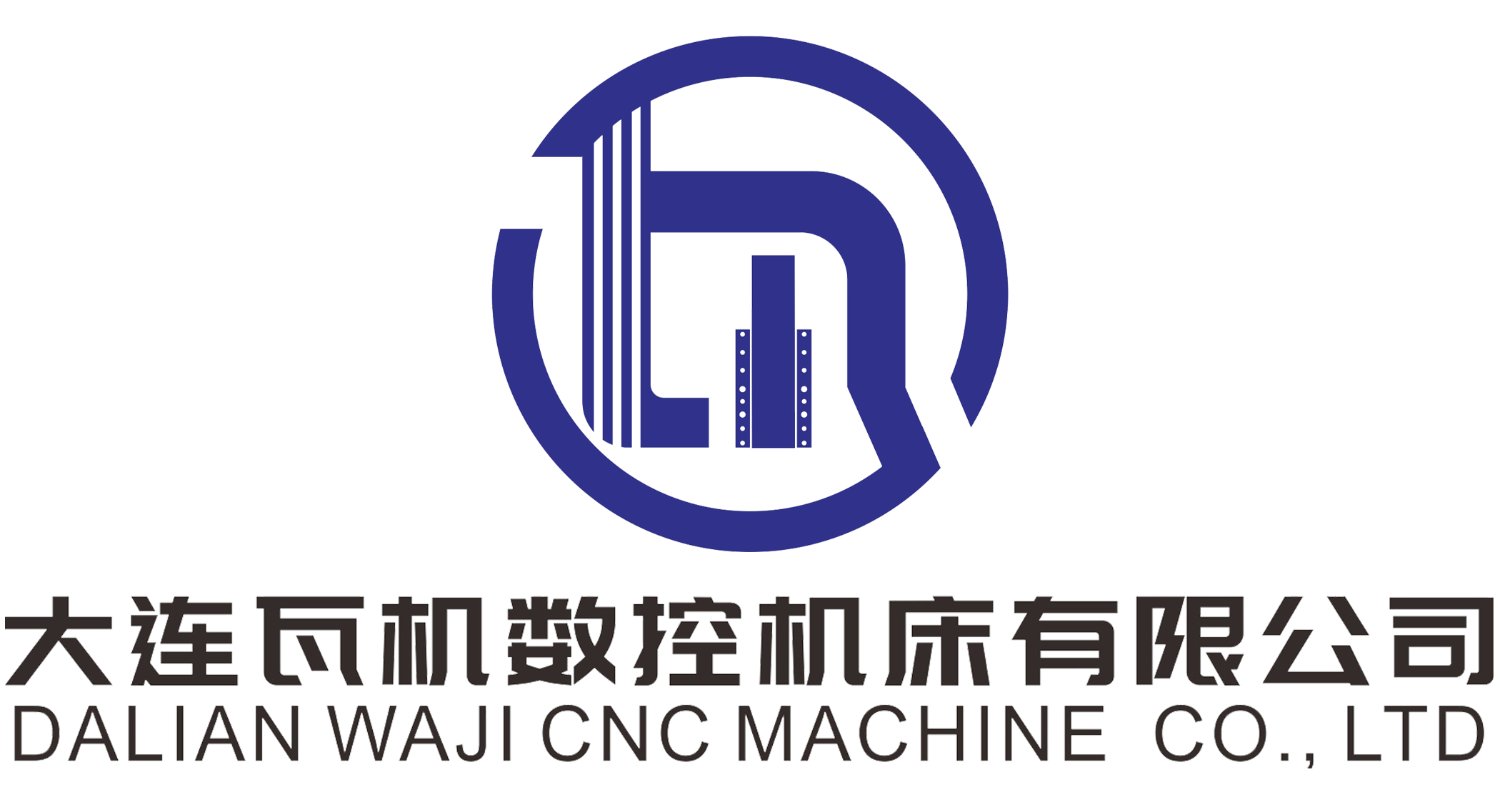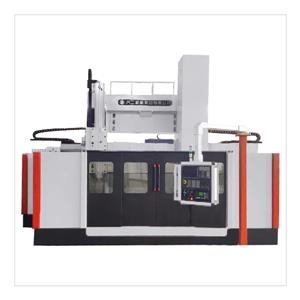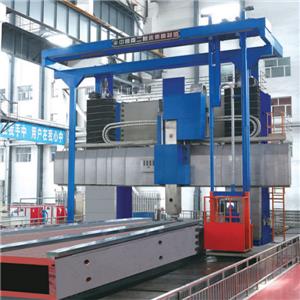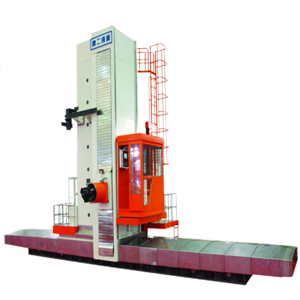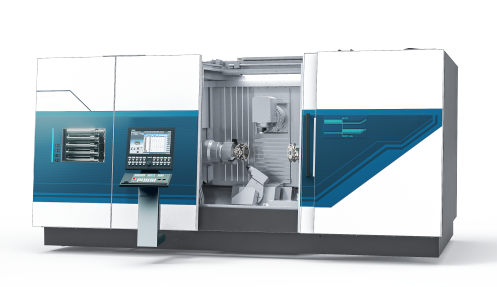Differences between common/vertical/CNC lathes
A lathe is a machine tool that mainly uses turning tools to turn rotating workpieces. It is widely used in machinery manufacturing and repair factories. There are many kinds of lathes with different characteristics, operation modes and functions. Here is a brief introduction to the difference between ordinary lathes, CNC lathes and vertical lathes.
1. Common lathe
The common lathe is driven by gears and common screw nuts. Due to the gap between motion pairs and inaccurate manual operation, the repeatability is low. When the lathe is used for measurement, it needs to be stopped for manual measurement. The measurement error is large and the efficiency is low. It is suitable for small batch, low precision and odd parts. Its investment is lower than that of CNC, but it requires higher operating skills of workers, so the wage level is high. The scrap rate and productivity of low-level workers will give you a headache.
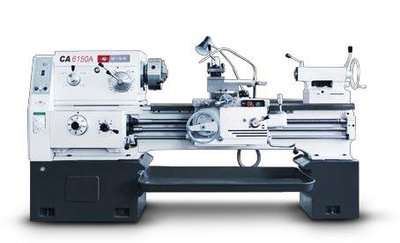
2. Vertical lathe
The vertical lathe is mainly used for large pieces, and its main shaft is vertical. It can process internal and external cylinders, conical surfaces, end planes, grooves, chamfers, etc. It is convenient to clamp and calibrate the workpiece. Vertical lathe also has numerical control. Due to the increasing shortage of high-tech talents, new enterprises often use NC to improve productivity and product quality, and reduce scrap rate and cost. The difference between a vertical lathe and an ordinary lathe is that its spindle is vertical, which is equivalent to erecting an ordinary lathe vertically. Because the worktable is in a horizontal position, it is suitable for machining heavy parts with large diameter and short length.
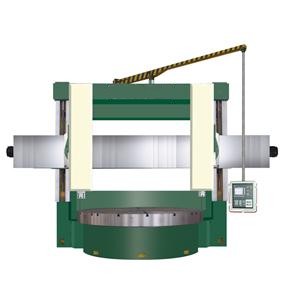
3. CNC lathe
The CNC lathe is driven by the ball screw driven by the stepping motor. Since the ball screw can have interference, the transmission has no clearance, and the accuracy is mainly guaranteed by the machine itself and the program. It can automatically measure and compensate the errors caused by tool wear and other reasons during the processing. Therefore, the processing quality is good and the precision is stable. You can also use the programming method to turn out parts with complex shapes that are difficult to process with an ordinary lathe. It is suitable for parts with high precision, large batch and complex shape. But small batch production is also very useful. Its maintenance cost is higher than ordinary lathes. Due to the increasing shortage of high-tech talents, new enterprises now use NC to improve productivity and product quality, and reduce scrap rate and cost.
